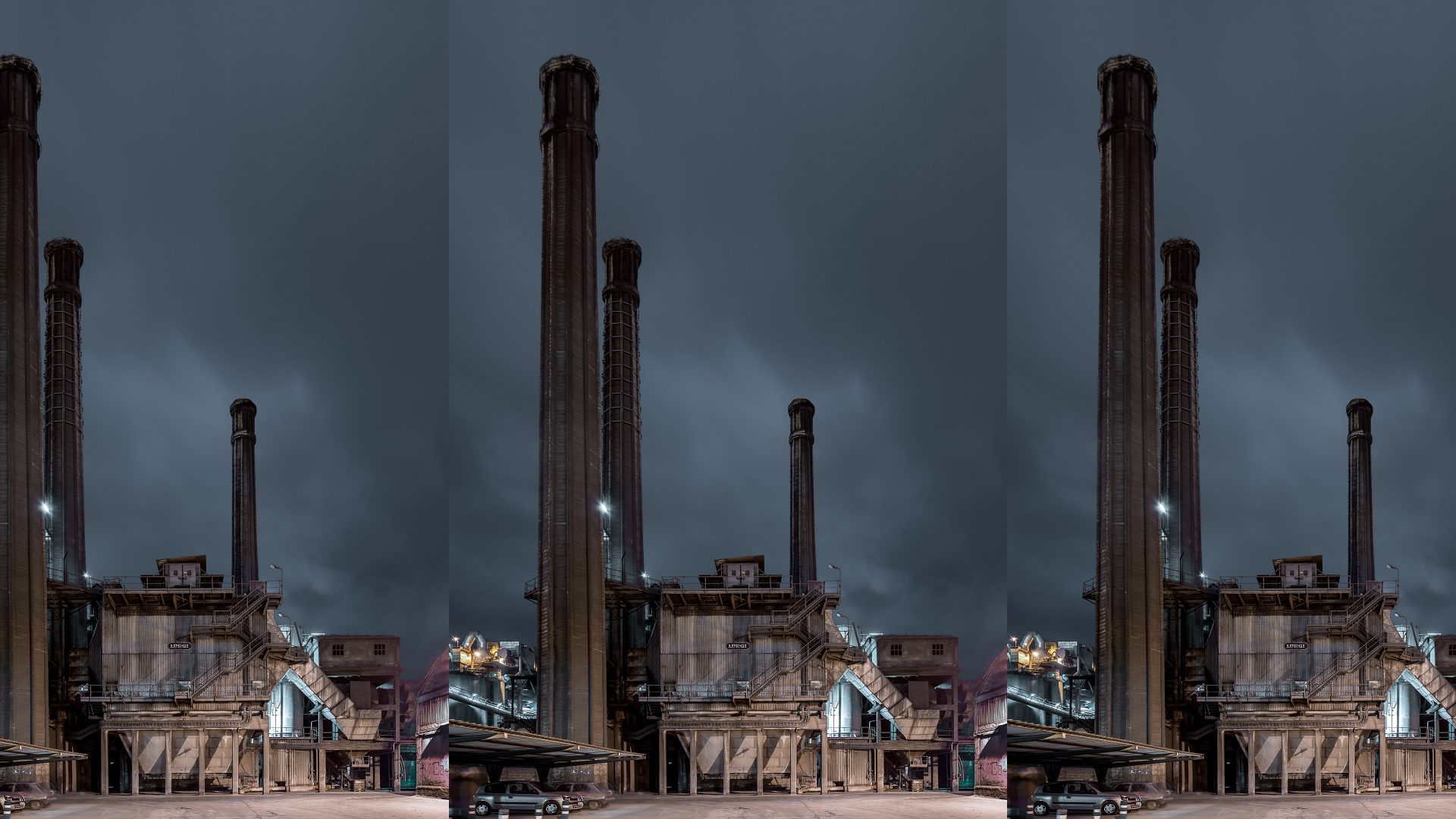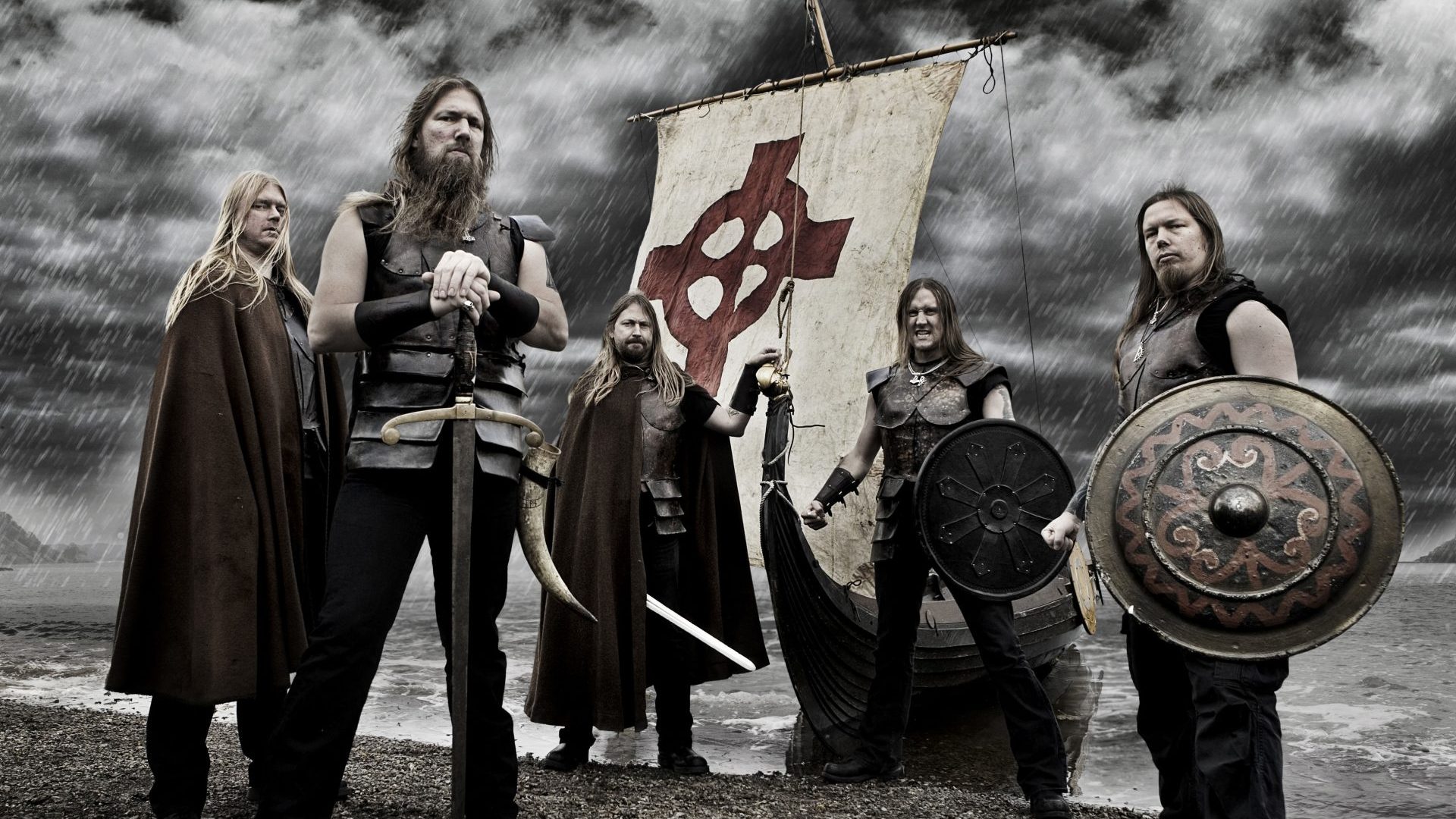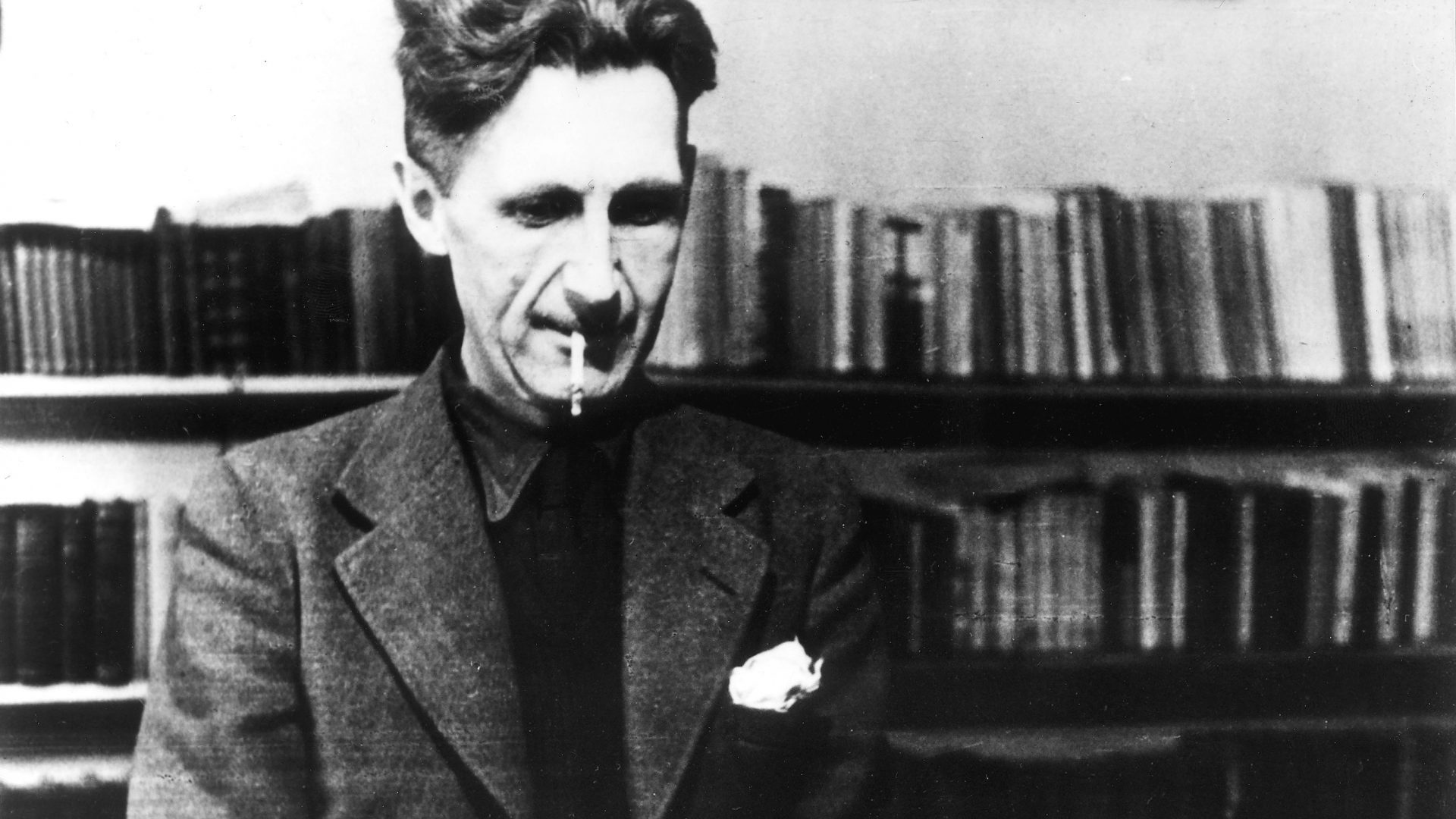Washington DC’s 16th Street is an impressive boulevard. Visitors walk its length to witness what was once intended to be the Avenue of the Presidents. Elegant Beaux-Arts-style mansions and embassies vie with old churches and newly restored luxury residential apartments in the manner intended by Alexander Robey Shepherd, executive officer of DC’s Board of Public Works in the 1880s. Starting high above DC on Meridian Hill it runs southwards, heading downtown. It’s long as well as impressive. If you have the legs it will
lead you straight into Lafayette Square in front of the north portico of the White House. Turn around and walk north and you’ll end up in Maryland.
After Shepherd’s death in 1902, society matriarch Mary Foote Henderson bought into his vision. Known colloquially as the Empress of 16th Street, it was her intent that the boulevard would become the premier destination for the wealthy of the city and for foreign diplomats.
From her turreted, crenellated, red sandstone home on the corner of 16th and Florida Avenue – unofficially known as Henderson Castle – she directed her architect, George Oakley Totten Jr. He designed embassies, created the magnificent Meridian Hill Park for local dignitaries to stroll in and at one point was instructed to build a replacement for the White House. It was her intent that all former US presidents would have a residence on “her” street, even succeeding, for one year only, to have its name changed to the Avenue of the Presidents. Only fragments of her home remain today, but the street
itself, especially in its middle stretch, retains an imposing aura.
However, this year one section of the avenue Shepherd and Henderson intended to be a celebration of America’s emancipation from the old world has become home to a tiny fragment of old Europe. Lining the exterior fences of the cultural office of the Spanish embassy at number 2801, the former home of Spanish ambassadors to Washington, is a stunning collection of images. Titled Visions of Asturias, this is free street art in photographic form.
Four previous winners of Spain’s national photography competition were commissioned to photograph the ancient principality and autonomous region of Asturias on the north coast of Spain. And now its people, traditions and way of life, as well as its breathtaking scenery, are all displayed on banners around the periphery of the cultural office gardens.
The four photographers – Alberto García-Alix, José Manuel Ballester, Ouka
Leele, and Chema Madoz – were granted freedom to express their own personal vision of the region. The result is both idiosyncratic and splendid.
Miguel Albero is the head of the Spanish cultural office in Washington DC. From his workroom in a corner of the Totten-designed mansion he looks down on 16th street. Within the first 30 seconds, he has already mentioned Henderson. “She built this house in 1923 hoping vice-president Calvin Coolidge would move in. When he didn’t she sold the plot to Spain for its ambassador,” he says. “But after the riots in Washington DC in 1968 following the murder of Martin Luther King, the ambassador, along with those of other nations, moved away from 16th Street and we were left with a building in what was becoming a rough neighbourhood.”
Fortunately time has moved on and the 16th Street mansions have been sensitively restored, allowing Spain to use the former ambassadors’ home for art, music, photography and more.
One can’t imagine Henderson would have encouraged street art, however
highbrow. “It was all prompted by the pandemic,” explains Albero. “We could no longer invite people inside to experience Spanish culture, so we put it outside instead.”
The exhibition had already toured Spain before Albero spotted its potential. The arts organisation Fundación María Cristina Masaveu Peterson, whose patrons are originally from Asturias, had invited the four winners to their home region with a brief to photograph it from whatever perspective they chose.
The result is a series of powerful images: a foaming sea with tower blocks poking through the spray behind… decaying factories – Spain isn’t the only nation with a post-industrial north… washing drying in a street… a sea stack rising from a roiling ocean… a mist-filled valley. All combine to offer a portrait of a region few outsiders, or even Spaniards, choose to visit.
Unfortunately, Visions of Asturias would be one of the final assignments for Ouka Leele. She died of cancer in May. “It has, rather sadly, become a tribute to her expertise,” notes Albero, who is used to taking positives from negative situations.
“The pandemic was challenging and interesting. It made us think differently about promoting our work,” he says. “And from something bad came something good. So many passers-by have commented that they now know what we are trying to do here. We will follow it up with another street photographic exhibition next year. My motto is, ‘you don’t impose culture, you propose it’.”
And while seeing Visions of Asturias at last removed from her street as it heads to Miami in 2023 might please Henderson’s ghost, it gives us mortals
one more chance to catch it if you can’t make it to DC this year.
The cultural office of the Embassy of Spain is at 2801, 16th Street. The nearest metro station is Columbia Heights, or take any bus up 16th Street from downtown. Buses 52, 54 and 59 go right past the front door. Visions of Asturias is free to all, 24 hours a day and runs until December 28. Check the website at spainculture.us
Mick O’Hare is a freelance journalist, author and editor




